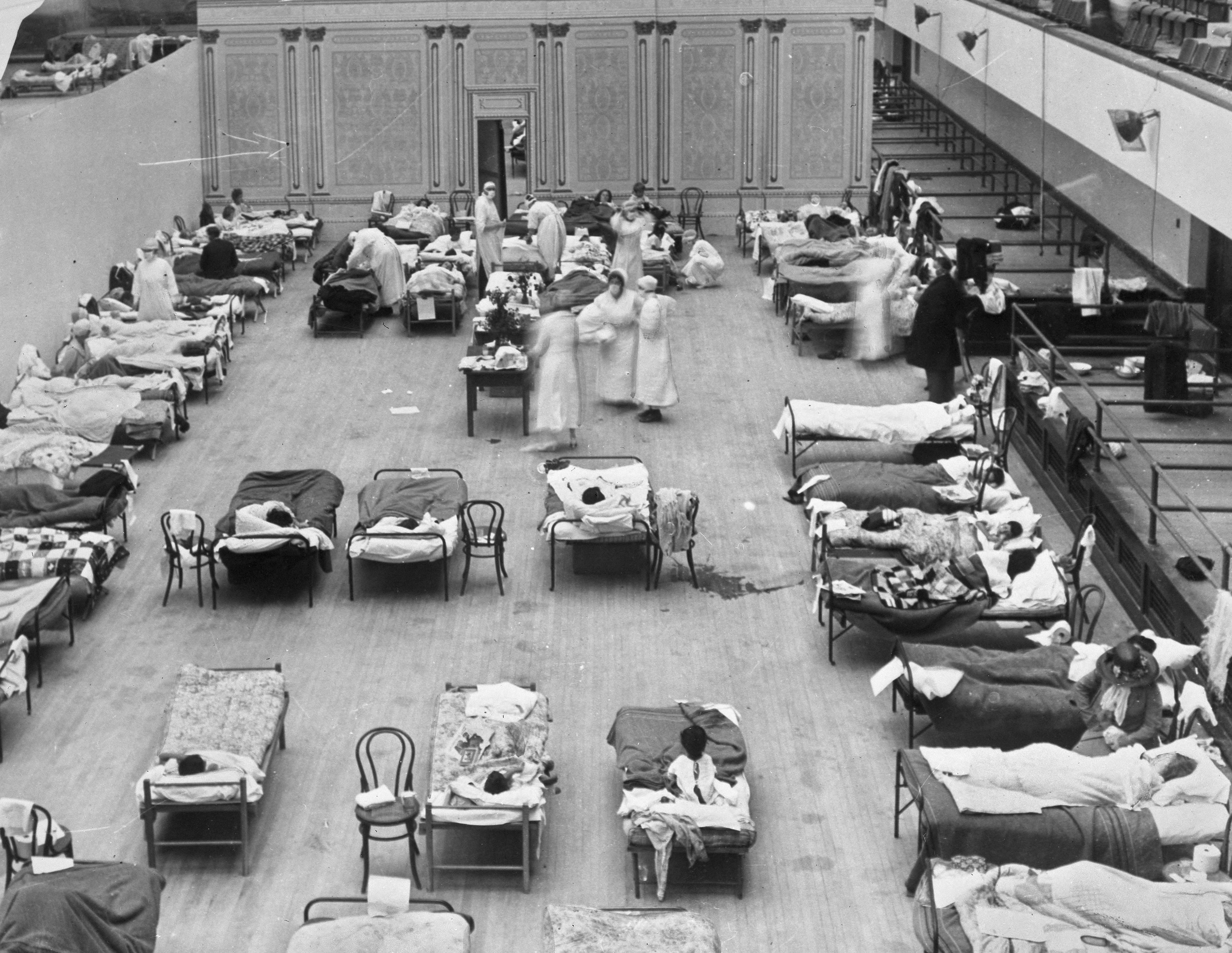aliceismad
Well-Known Member
Anxiety-related syncope sucks. Fainting can be really scary, and that causes fear that just leads to more fainting. But there are ways to mitigate it. I would encourage your relatives to have their shots in a private office vs. a mass vaccination site if possible. I got my Moderna shots at a mass site because they weren't available at my doc's office yet. It was unnerving to not feel comfortable with who was poking me, having a room full of people around, being in a room full of people in the middle of the pandemic, etc. (The guy behind me came waltzing in with his mask under his nose, so that was great.) By comparison, doctors are always willing to let me lie down because I have a history of fainting. Also making good food choices before and after can be helpful, and having something cool for the forehead or back of the neck is a good precaution.Understood. This has never happened to her before with any other shots/blood draws/etc...
https://www.cdc.gov/mmwr/volumes/70/wr/mm7018e3.htm
The place they received the vaccine wasn't one that shut down, but I do know dd and f-sil were not the only ones to have issues that day. I thought I read somewhere that the single dose was a larger amount of fluid than some of the other vaccines, and maybe that could be part of why it had higher incidence of syncope.
Regardless, they still aren't likely to be excited about going for another dose. Personally, I wish dd could switch to Pfizer at this point.



